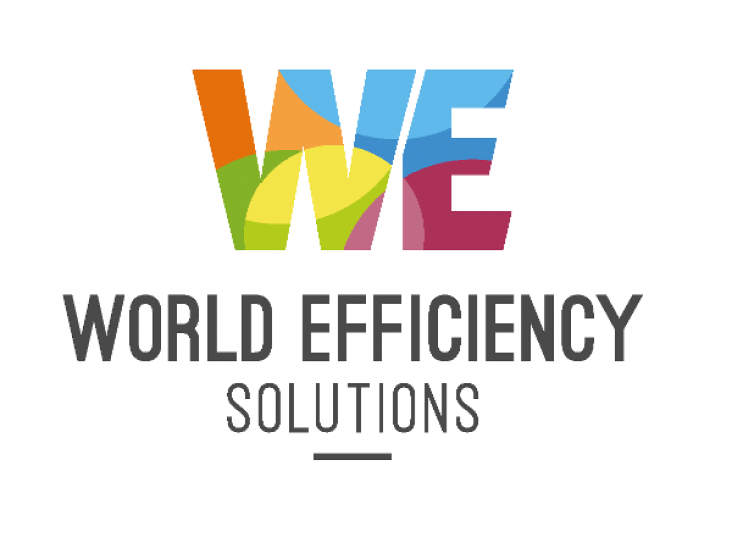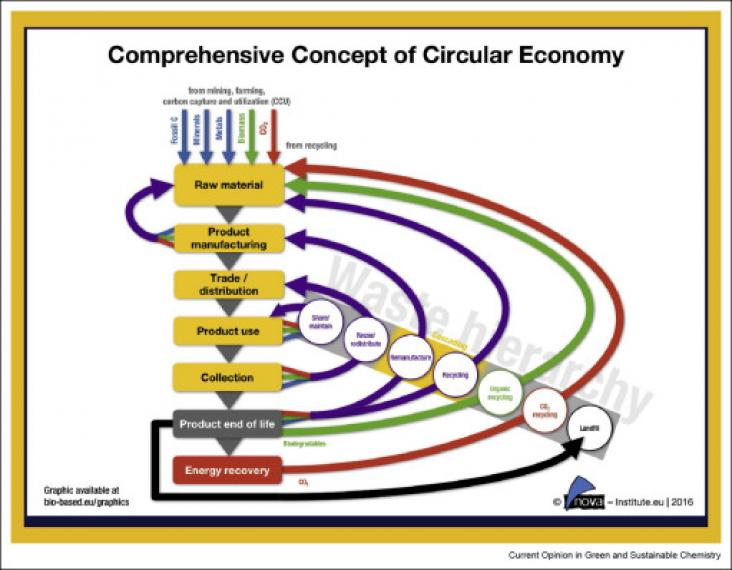Corrosion inhibition performance of an environmentally friendly compound, 8-hydroxyquinoline (8-HQ), on X60 steel was investigated in 15% hydrochloric acid (HCl), which simulate oil well acidizing env
Chemistry made once expensive leisure activities available to public by providing inexpensive materials for fishing rods, golf equipment etc.
The versatile use of droplet coagulation to recycle complex waste resources (fly ash FA, rice husk ash RHA and alum sludge AS) was investigated.
Metal-organic framework (MOF) materials are porous materials with high surface area that offer enormous flexibility of design and tailoring of its surface properties to be used in diverse chemical pro
Innovating with intent: How science and sustainability can combine to develop a safer, novel solvent
This article describes how a chemical company identified, developed and marketed a new solvent using EPA standards.
The replacement of the fossil resources historically employed for chemicals’ production is of major scientific interest the last decades, as a result of the environmental issues arisen and the price v

Increasing attention has been given to historically and culturally significant traditional villages in China in the past five years. Two key themes have been protection and usage.

World Efficiency Solutions (WES) is the premier international meeting for the low-carbon and resource-efficient economy focussed on creating the low-carbon and resource-efficient market place. WES was first held in 2015 in Paris during COP21 negotiations, focusing on climate change solutions. World Efficiency develops a new environment consensus: economic and human activities must, to be sustainable, be redesigned to limit their impact on the environment while awareness of the planetary limits (climate change and resources scarcity) becomes widespread. A key objective for WES 2017 is to Identify new market opportunities aligned to the 2030 Sustainable Development Goals (estimated market opportunities are larger than USD 12 trillion) and the Paris Agreement on Climate Change from 2015.

How to feed a population of 9bn in 2050? This was the question posed which provided the impetus for Elsevier to launch the bi-annual International Conference on Global Food Security Conference in 2013. Now in its 3rd year this highly regarded, research-led conference is focusing on five core conference themes to reflect an integrated approach to identifying solutions to the complex global challenge of food security: 1. Food creation 2. Food safety and bio security 3. Food loss and waste 4. Food in a changing society 5. Food utilization. Achieving global food security whilst reconciling demands on the environment is the greatest challenge faced by mankind. This directly supports SDG 2: to end hunger, achieve food security and improved nutrition and promote sustainable agriculture.

